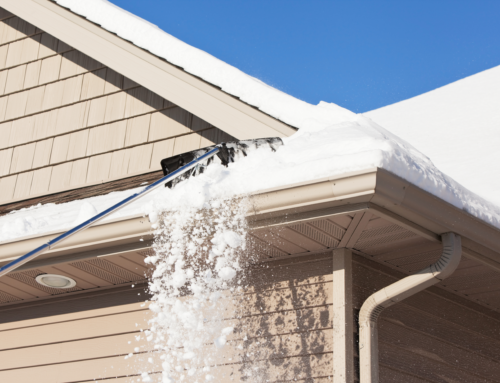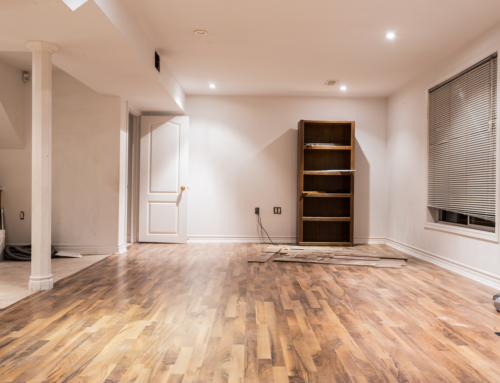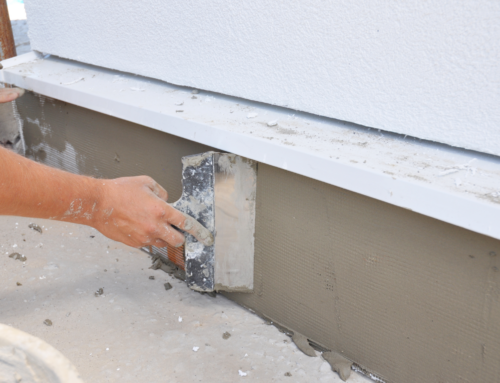Spring is on the way, which means April showers alongside a little more sunshine. The harsh winter weather will soon be behind us, but that doesn’t mean that we can rest on our laurels when it comes to basement waterproofing.
Until there’s a problem – like a flooded basement, or mold, most homeowners don’t give their basements a lot of thought. But a little prevention can save you a lot of time, money and inconvenience later down the line.
Here are our top 3 tips for keeping your basement dry this Spring – and all year round:
Tip One: seal your basement
Excess moisture in your basement can cause a lot of issues. From unsightly and potentially dangerous mold to increased risk of structural damage, it pays to take preventative action and get your basement sealed.
There are two elements to sealing your basement and preventing water from seeping in – sealing wall and floor cracks and applying a waterproof coating.
Sealing wall and floor cracks.
Water often finds its way in to your basement through small cracks in your foundations. These openings frequently occur near pipe entrances, but they can also be found in any location on the walls or floor. Sealing these small cracks with pressure-injected, state-of-the art sealing materials stops any water seepage right at the source.
Applying a waterproof coating
Applying a special waterproof coating to the walls will prevent water from seeping through even the tiniest of cracks. With a high-quality waterproof coating applied, you can be certain to keep any dampness out of your basement. When combined with an indoor drainage system, your basement will remain safe and dry all year round.
Tip Two: get a dehumidifier
Did you know that high humidity in your basement can:
- increase your energy bills by up to 18%?
- Cause your wooden floors and furniture to warp as they swell with high humidity and shrink in dryer conditions
- Encourage mold and mildew to grow
If you’re concerned about high basement humidity, having a professional dehumidification system like Humidex installed can remove excess moisture from the air in your home. Humidex will also ventilate your home and remove contaminants from the air.
Tip Three: check your sump pump
If you already have a sump pump installed, you’ll know that they are excellent at keeping your home dry by providing drainage for water that might have otherwise collected in your basement.
They do need some regular maintenance to make sure they can continue doing their vital job. In particular, they can become blocked with debris. Checking them regularly and removing any visible debris will help them work efficiently all year round.
Each time you check for debris, inspect the sump pump for any obvious signs of wear and tear too. If you spot any issues you’ll want to repair or replace the pump as soon as possible to prevent any future basement flooding.
You can test your sump pump yourself by pouring water into the well. As you fill the well with water, the sump pump should kick into action, clear the water and then stop automatically.
If you have any concerns about excess moisture in your basement, it’s always best to call in specialist basement waterproofing experts to inspect your basement and provide a free inspection.







Leave A Comment